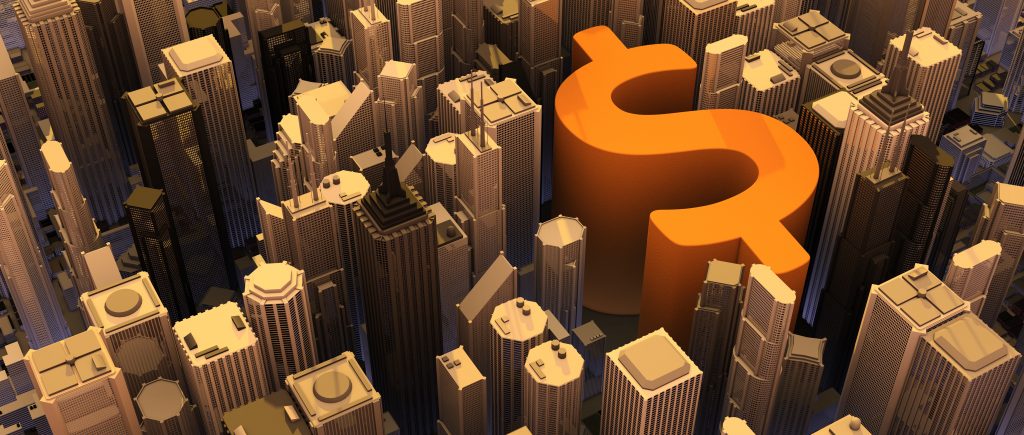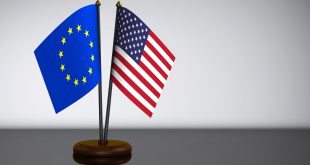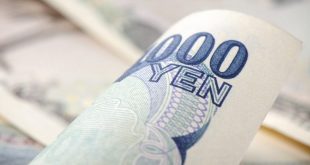The dollar was heading for a fourth week of gains on Friday after data showed that inflation did not rise as strongly in the United States as expected in July, which helped boost investor expectations that the Federal Reserve will likely end the current interest rate hike cycle.
The rise in the dollar puts the Japanese yen on the way to test a major support level, despite the lack of liquidity on Friday, which coincides with a holiday in Japan.
The yen settled at 144.72 against the dollar in early Asian trading after it was traded at 144.89 earlier, its lowest since June 30 when it breached the 145 level against the dollar, a level where investors believe the Bank of Japan may intervene.
Japan intervened in September last year when the dollar rose above 145 yen.
The yen also fell to 158.98 against the euro, just short of the 15-year peak touched on Thursday at 159.19.
Meanwhile, the British pound rose for the first time in four days after data showed that the British economy expanded more than expected in June, easing some concerns about the impact of rising inflation and interest rate hikes on activity.
The pound sterling rose in the latest trading 0.3 percent to 1.2711 dollars, but it is still heading towards decline for the fourth week.
Data published on Thursday showed that the consumer price index in the United States rose 0.2 percent last month, the same rate recorded in June, while the index increased 3.2 percent in July on an annual basis.
Slowing inflation, along with slowing job growth, reinforced experts’ expectations that the US central bank would be able to manage a “soft landing” for the economy.
Forward traders nearly 90 percent expect the Federal Reserve to leave interest rates in their current range of 5.25-5.5 percent when it meets in September.
The dollar index, which measures the value of the US currency against six competing currencies, fell 0.1 percent to 102.50 points, but was heading for gains for the fourth consecutive week, partly because of the high yield on Treasury bonds.
The euro rose 0.1 percent to $1.0995.
The Australian dollar rose 0.14 percent to $0.652.
 Noor Trends News, Technical Analysis, Educational Tools and Recommendations
Noor Trends News, Technical Analysis, Educational Tools and Recommendations





